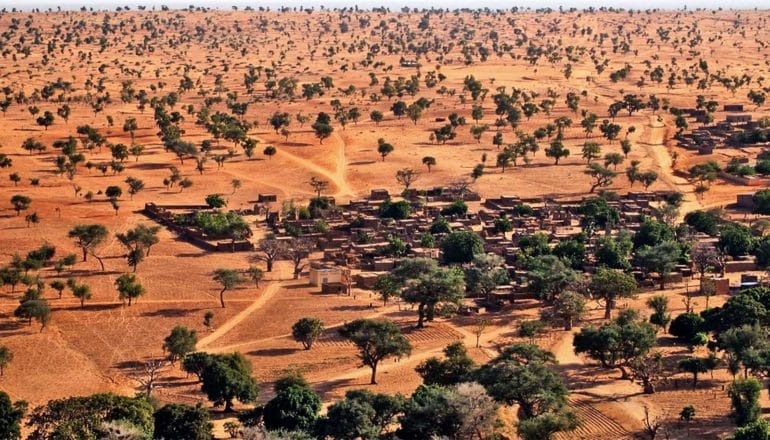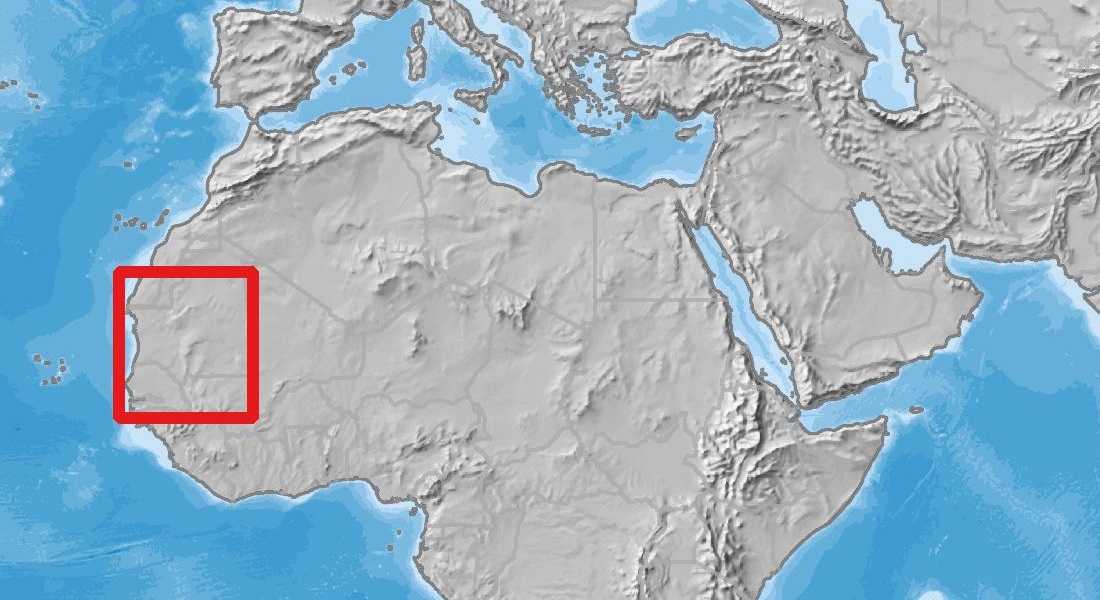
There are far more trees in the West African Sahara Desert than you might expect, according to a study that combined artificial intelligence and detailed satellite imagery.
Researchers counted over 1.8 billion trees and shrubs in the 1.3 million square kilometer (501,933 square miles) area that covers the western-most portion of the Sahara Desert, the Sahel, and what are known as sub-humid zones of West Africa.
“We were very surprised to see that quite a few trees actually grow in the Sahara Desert, because up until now, most people thought that virtually none existed,” says Martin Brandt, professor in the geosciences and natural resource management department at the University of Copenhagen and lead author of the study in Nature.
“We counted hundreds of millions of trees in the desert alone. Doing so wouldn’t have been possible without this technology. Indeed, I think it marks the beginning of a new scientific era.”

The researchers used detailed satellite imagery from NASA, and deep learning—an advanced artificial intelligence method. Normal satellite imagery is unable to identify individual trees, they remain literally invisible. Moreover, a limited interest in counting trees outside of forested areas led to the prevailing view that this particular region had almost no trees. This is the first time that anyone counted trees across a large dryland region.
Trees and the global carbon budget
New knowledge about trees in dryland areas like this is important for several reasons, Brandt says. For example, they represent an unknown factor when it comes to the global carbon budget.
“Trees outside of forested areas are usually not included in climate models, and we know very little about their carbon stocks. They are basically a white spot on maps and an unknown component in the global carbon cycle,” he says.
Furthermore, the new study contributes to better understanding of the importance of trees for biodiversity and ecosystems and for the people living in these areas. In particular, enhanced knowledge about trees is also important for developing programs that promote agroforestry, which plays a major environmental and socioeconomic role in arid regions.
“Thus, we are also interested in using satellites to determine tree species, as tree types are significant in relation to their value to local populations who use wood resources as part of their livelihoods,” says Rasmus Fensholt, professor in the geosciences and natural resource management department.
“Trees and their fruit are consumed by both livestock and humans, and when preserved in the fields, trees have a positive effect on crop yields because they improve the balance of water and nutrients.”
Thousands of trees identified in just hours
Researchers from the University of Copenhagen’s computer science department developed the deep learning algorithm that made the counting of trees over such a large area possible.
The researchers fed the deep learning model thousands of images of various trees to show it what a tree looks like. Then, based on the recognition of tree shapes, the model could automatically identify and map trees over large areas and thousands of images. The model needs only hours what would take thousands of humans several years to achieve.
“This technology has enormous potential when it comes to documenting changes on a global scale and ultimately, in contributing towards global climate goals. We are motivated to develop this type of beneficial artificial intelligence,” says professor and coauthor Christian Igel of the computer science department.
Researchers will next expand the count to a much larger area in Africa. And in the longer term, they plan to create a global database of all trees growing outside forest areas.
Source: University of Copenhagen
The post AI counts 1.8 billion trees in Sahara Desert appeared first on Futurity.
from Futurity https://ift.tt/2HoeQ38
No comments:
Post a Comment